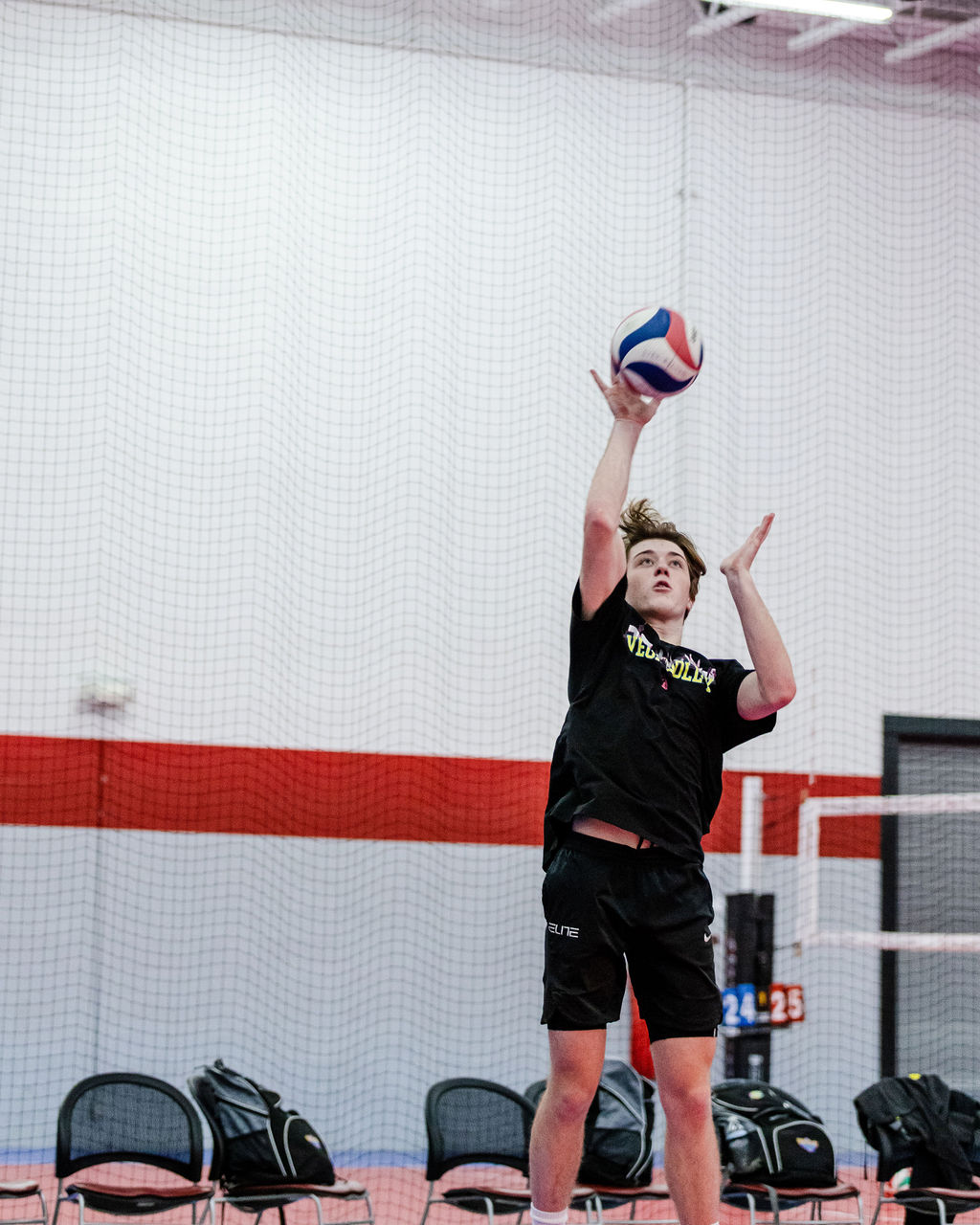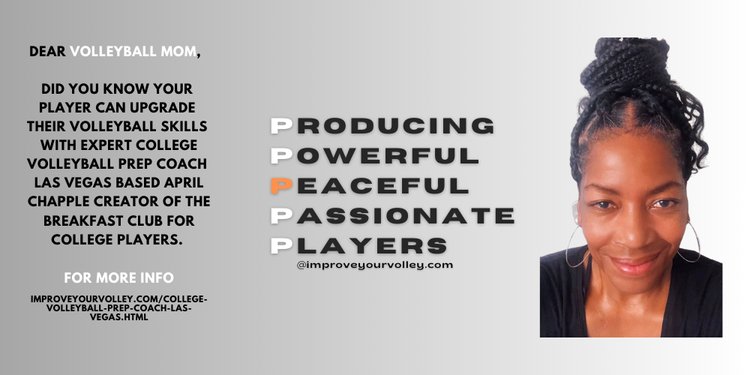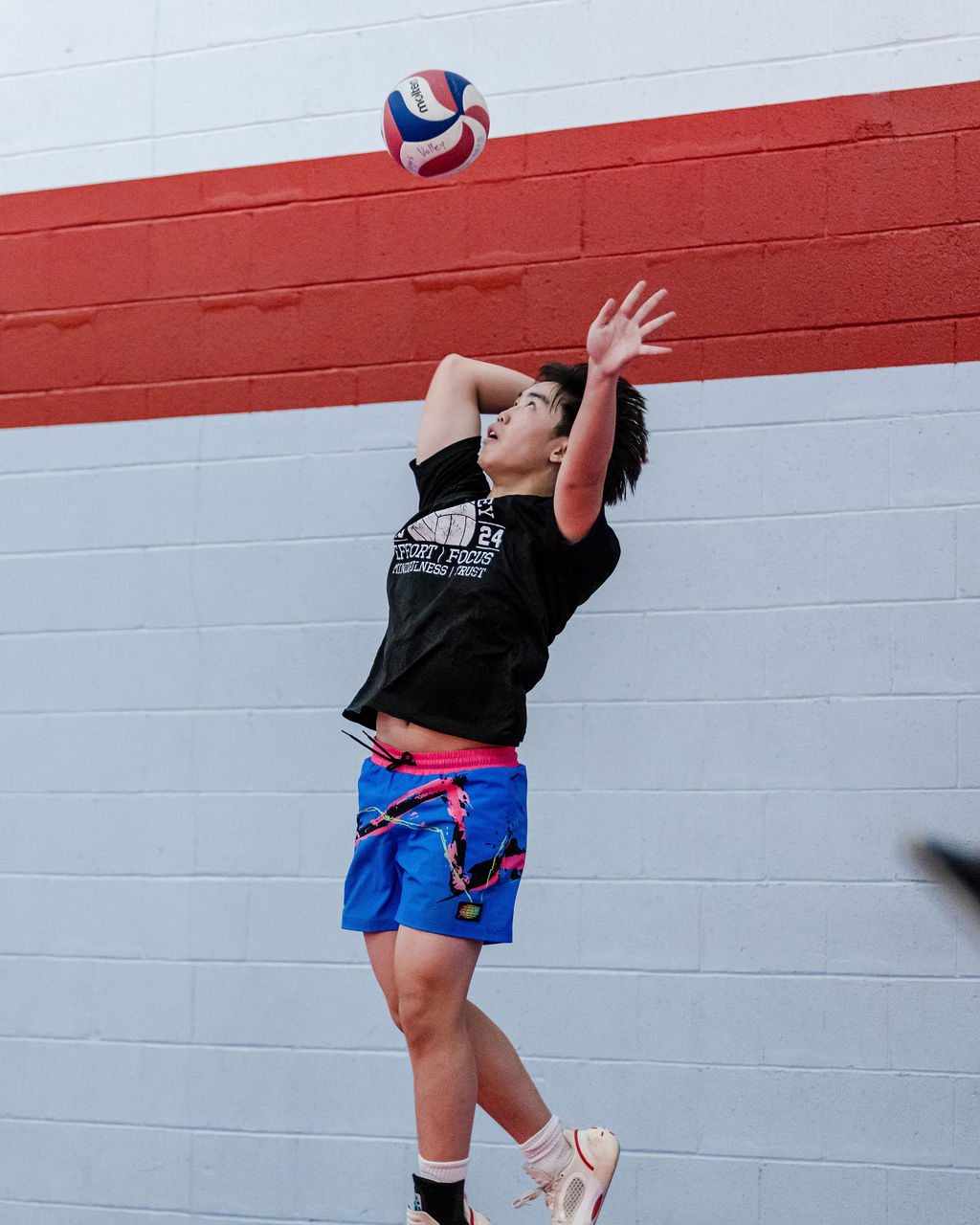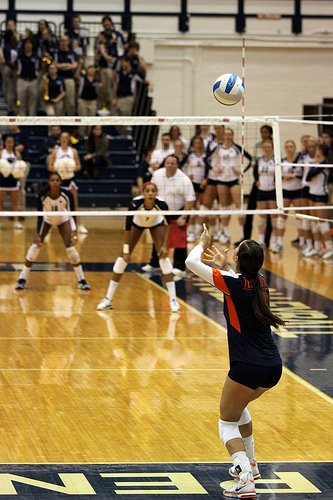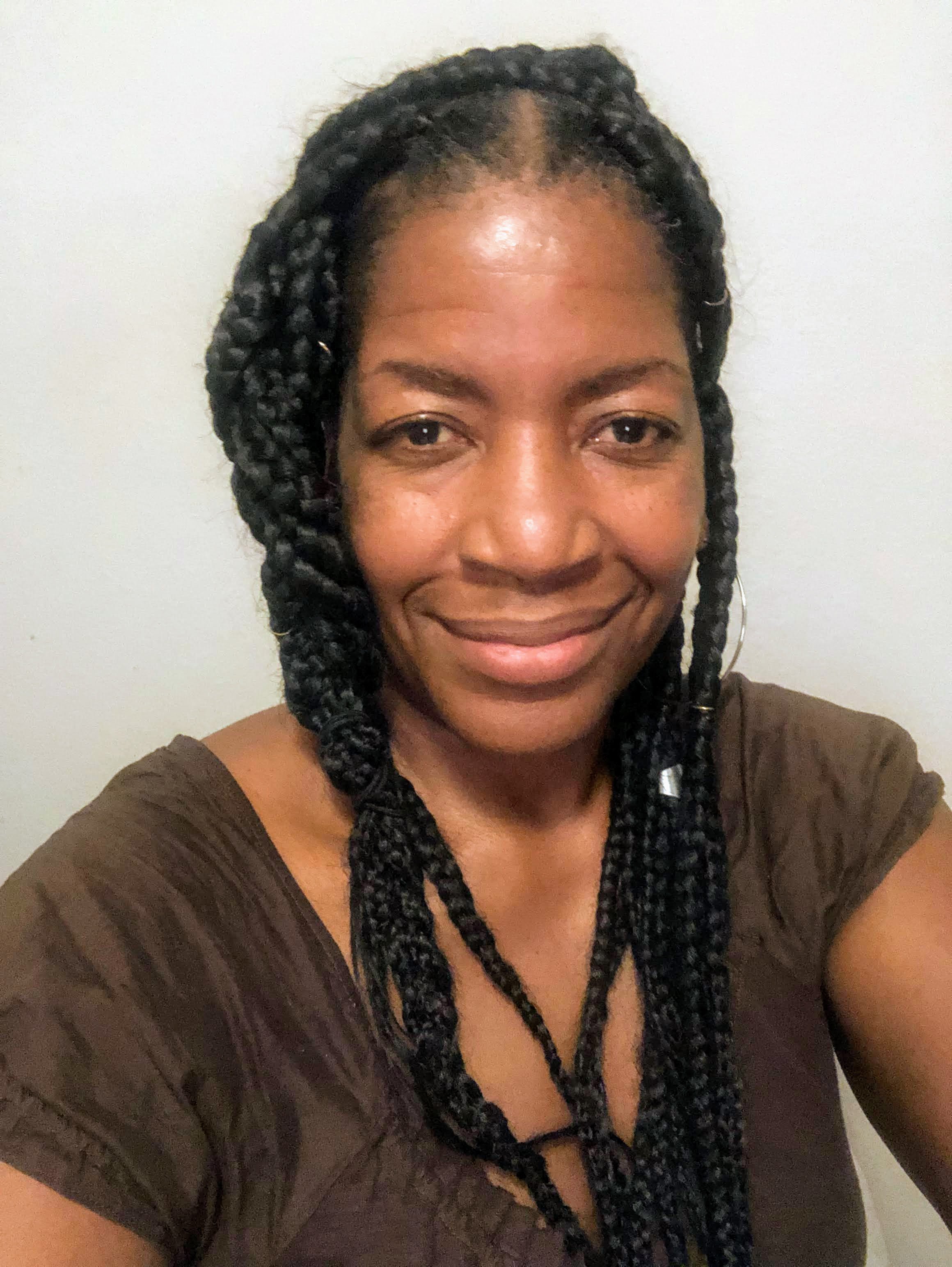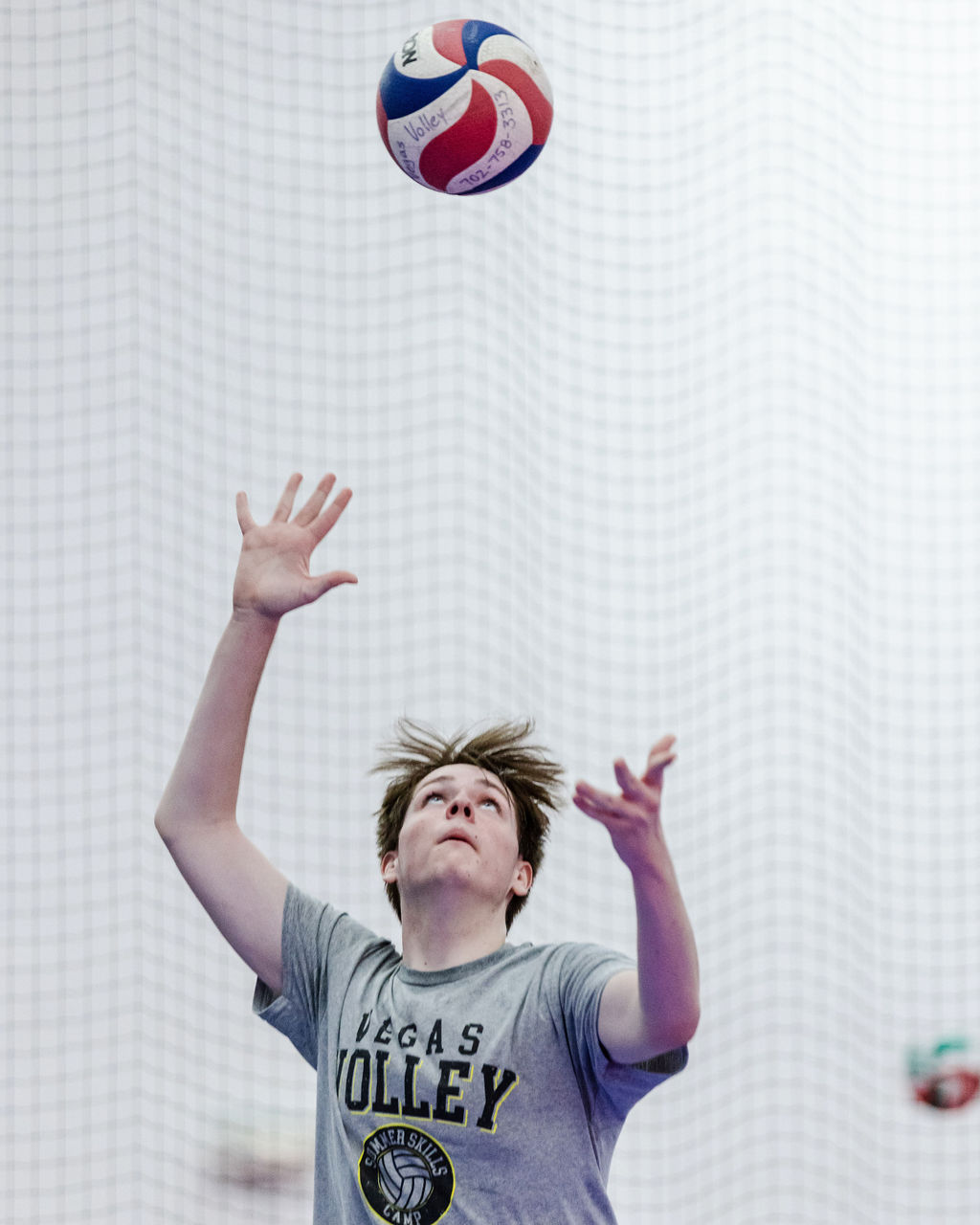- Improve Your Volleyball with Coach April
- 8 Serve Rules You Should Know
- Volleyball Serving Rules
 Dear Volleyball Mom,
Do You Know What Sets My Private Volleyball Training Apart From Anyone In Vegas?
I invite You to read what my private volleyball training mission says before considering hiring me as a private volleyball coach because I'm not available for everyone.
Dear Volleyball Mom,
Do You Know What Sets My Private Volleyball Training Apart From Anyone In Vegas?
I invite You to read what my private volleyball training mission says before considering hiring me as a private volleyball coach because I'm not available for everyone.Volleyball Serving Rules What Are The Rules When Serving A Volleyball?
Learn important volleyball serving rules and answers to basic serving volleyball questions about what's legal when serving a ball from behind the service line.
Volleyball Serving Rules
What Is The Volleyball Serve?
Each official match must
- begin with a serve from one team on defense which
- is launched into the court of the opposing team who's receiving serve
- by a player in their service area behind the end line
- with the intent on starting the rally and possibly scoring a point
Addi working on her standing floater in volleyball serve down the line.
Focusing on starting with hips open to the wall to her right, a consistent toss and a smooth arm swing when contacting the ball with the middle of her hand to the middle of the ball.
Volleyball Serving Rules
Can you throw a ball over the net?
Throwing the ball over the net isn't allowed.
Volleyball Serving Rules
Who Is A Volleyball Server?
Who's the server?
The server is
- the player on the team who won the right to serve based on the pre-match coin toss and who the coach has written on the lineup sheet to start in Zone 1
- the player who rotates from the right front position on the court known as Zone 2 and goes to Zone 1 behind the service line after their team has won a rally, won the point and the right to serve
Volleyball Serving Rules
How many seconds do you have to serve in volleyball?
If you are the server, then at the beginning of the rally, after the referee blows the whistle, you are the player standing behind the end line in the service zone, and within 8 seconds after the ref has blown the whistle, you serve the ball over the net.
If for any reason you don't complete the first serve and get a second chance to serve again...then you subsequently have five seconds to serve.
Volleyball Serving Rules
Where does the server serve the ball from?
Ari is a libero and since liberos usually play left back we've decided to work on serving from behind Zone 5 or the left side of the court because that puts her closer to the base position she needs to run to once she lands in order to get ready to play defense.
After your team wins the rally, you also win
- a point and
- the right to serve
The player who was in the right front position on the court rotates from the front row and takes the ball behind the end line in the service area zone.
The server can serve from anywhere in the service area.
The service area boundaries are from sideline to sideline and extend behind the endlines on both ends of the court. (See the red area in the diagram.)
- The server must be behind the service line until the ball has been contacted.
Volleyball Serving Rules:
Common Faults in Serving
While mastering your serving technique, you should also be aware of what actions could result in serve faults. Here are a few common faults:
Volleyball Serving Rules: Foot Fault
1. Foot Fault:
A foot fault occurs when the server steps on or over the end line before the ball is contacted in a serve. This is considered illegal, and the serve immediately goes to the other team.
Volleyball Serving Rules: Double Hit
2. Double Hit:
A double hit happens when a server contacts the ball twice consecutively during a serve attempt.
Volleyball Serving Rules: Net Service Fault
3. Net Service Fault:
If a served ball hits a teammate, the antenna, or does not cross the net vertically inside the crossing space it is considered a serving fault.
Volleyball Serving Rules: Out of Order Serve
4. Out of Order Serve:
Teams must serve in a specific rotation. If a player serves out of turn, it results in an automatic point to the opposing team.
Volleyball Serving Rules: Illegal Serve
5. Illegal Serve:
Any serve that does not conform to the correct technique (like a throw or carry) is deemed illegal and will result in a fault.
Being aware of these faults can guide players towards more legally precise serves, preventing unnecessary team penalties.
Volleyball Serving Rules:
Team Rotation and Designating the Server
College volleyball demands peak fitness which is why the collegiate volleyball athletes who are home for the summer already participate in their own strength training regimen that their college coach requires them to follow.
The concept of rotation is intrinsic to the game of volleyball. But how does this impact the server?
1. Winning a Rally:
When a team wins a rally while they're on the receiving side, they gain both a point and the right to serve. However, before they can serve, the team must rotate one position clockwise. This means the player from the right-front position moves to the right-back position to serve.
2. Designating the Server:
This rotation means that all players alternate between positions, including the server role. Therefore, serving is not limited to a single player but is done by all team players in sequence, depending on the rotation.
3. Continued Serving:
4. Team Positions:
It's worth noting that, although players rotate their positions on the court, they still maintain their specialized roles such as setter, hitter, etc.
Understanding this rotating sequence not only ensures your team maintains the legal serving order but also adds a strategic nuance to the game as different players have different serving strengths and styles."
Volleyball Serving Rules:
The Let Serve Rule
One frequent question among volleyball players is the legality of a 'let serve.'
1. Is It Legal?:
In earlier rules of volleyball, a let serve that touched the net was considered a fault.
However, under current Federation Internationale De Volleyball (FIVB) rules, as well as most other governing bodies, a let serve is considered legal. This means that if the ball contacts the net on the serve but continues over the net into the opponent's court, play continues as normal.
2. Continuation of Play:
When a let serve happens, players on both sides should be prepared to continue play because the rally continues just as if the serve didn't contact the net.
Understanding this subtle rule is essential for players to ensure there's no premature cessation of play, keeping the game going smoothly.
Do You Follow Me on Pinterest?
Follow me on Pinterest Volleybragswag to improve your game even faster!
I share alot of individual, partner and easy-to-do volleyball serving drills we do in class with my followers.
Many of these volleyball practice drills you can do at home by yourself or try at your next practice with your teammates.
If you're a B team or JV player trying to make varsity next year...your goal should be to complete 1000 reps a day of at least three of the basic skills on your own...volleyball passing, serving and setting should be at the top of the list.
Volleyball Serving Rules
Where Do You Go From Here?
Your three options are:
- You can learn more about Serving by visiting the related links below.
- Follow the suggested reading on our Sitemap page Learning How To Play (Sitemap)
- Or visit the pages in the How to Play Volleyball section in the drop down menu at the top of the page to get started.
- Before leaving this page Say "Hi" to Miss Tattoo the Tiger wearing the #9 jersey below. Miss Tattoo is the starting defensive and serving specialist for the All Beast VolleyBragSwag All Star team.
Meet Tatoo the Tiger, Serving Specialist on VolleyBragSwag's All Beast Team
SUSCRIBE
To My Email Newsletter Below!
From Lady Vol to Legend: Coach April Produces Powerful Passionate Players...is that you?
What Are You Looking For?
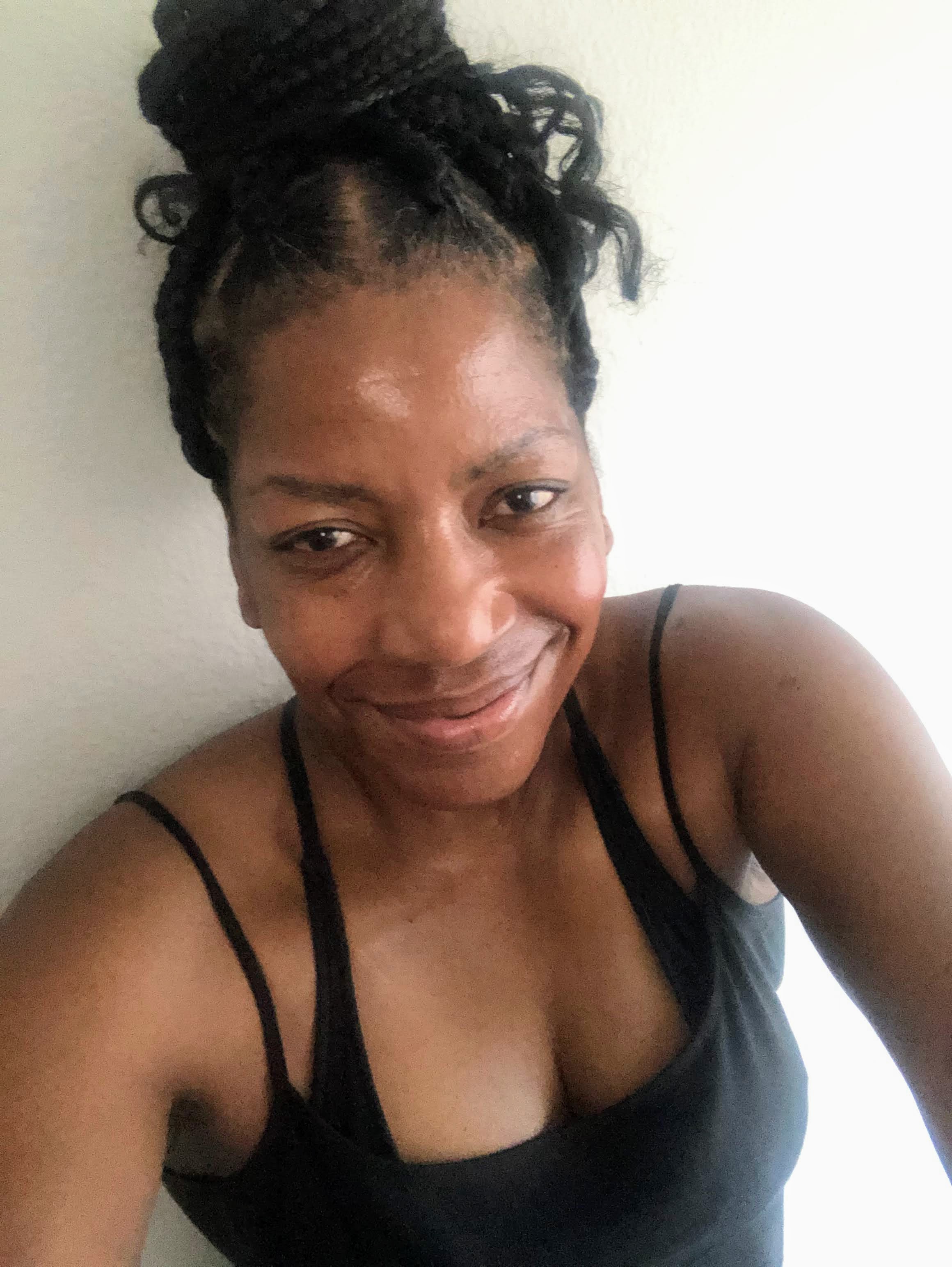
Hi there!
Thanks for stopping by. Hope you learned something today that will help you reach your volleyball goals.
Be sure to subscribe to my email newsletter so you can learn more each week!
Stay strong! Stay motivated!
-Coach April

SUSCRIBE
to my email newsletter below!
Vegas Volleyball's Unsung Heroes: Celebrating Moms with Peace Love Volleyball Shirts
Ready to energize your volleyball mom journey?
Subscribe to my 'Producing Powerful Passionate Peaceful Players' email list above on ImproveYourVolley.com.
You'll receive energy-boosting tips, exclusive insights from me, Coach April Chapple on maintaining momentum in volleyball.
Let's power up the Vegas volleyball scene together!
Recent Articles
-
Frequently Asked Libero Volleyball Position Questions Answered
Apr 14, 25 08:10 PM
I answer the most frequently asked libero volleyball position questions many players and coaches ask that will help you learn about the player responsibilities. -
Coach April's Peace Love Volleyball Phrases For T-Shirts Honor Moms
Apr 13, 25 03:49 PM
Whether on the court or in everyday life, April Chapple's volleyball phrases for t-shirts are serving inspiration for players and moms, one message at a time. -
What Is A Setter In Volleyball? My Setting Guide With Answers To FAQs
Apr 13, 25 12:36 AM
Learn what a volleyball setter is from a champion coach. Get expert insights, training tips, and proven strategies for volleyball's most strategic position.
